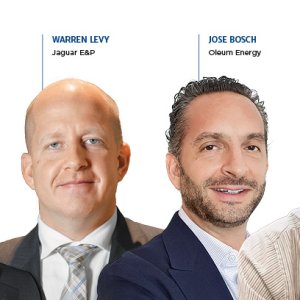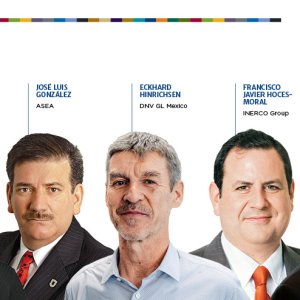
Environmental Protection Takes Center Stage
line with the social vision championed by President López Obrador’s administration, ASEA has revamped its strategy to ensure environmental integrity, justice for communities and safety in operations. On the first day of Mexico Oil & Gas Summit 2019, held at the Sheraton Maria Isabel hotel in Mexico City, Luis Vera, Executive Director of ASEA, outlined the agency’s new work plan to foster a more social and environmentally friendly industry.
Among its responsibilities, ASEA is in charge of safe and environmentally and socially responsible production, which means creating and supervising regulations to guide public and private extracting activities. As a branch of SEMARNAT, the agency must align to the ministry’s social vision, which is also shared by the new administration’s National Development Plan.
According to Vera, the idea is not to fight industrial growth or activities but to properly measure the impact that projects have on surrounding communities, not only in terms of revenue but in social and environmental terms. “Extracting industries have a huge impact on their communities and therefore have a responsibility to take care and give back to the environment,” he said.
Vera pointed out that, unlike PROFEPA, ASEA does not take a criminalizing attitude toward companies. However, the agency does have the responsibility to hand out sanctions and fines when companies fail to comply with social or environmental standards. Based on ASEA’s new assessment strategy, “sanctions are now determined in a way that companies can repay for the environmental impact they had on their communities,” said Vera.
ASEA gathered all players that could help it make better decisions regarding regulations and transformed its operations to address the needs of the industrial communities. “Our goal was to make this an active agency that does not only grant licenses left and right,” said Vera. “We analyze every initiative individually and find the best conditions for projects to work for companies and communities.” The agency even made agreements with players like the National Protected Areas Council to trade fines for investment in recovery projects to ensure sustainable development in communities and protected areas.
Vera also highlighted the work ASEA has done to boost efficiency in managing permits and licenses. “We received an agency with a backlog of 7,500 applications, plus over 7,000 we have received since December 2018,” he said. “Today, despite budget cuts, we are at a 98 percent on-time response rate for all applications received since December and we have resolved 5,000 of the backlogged applications we inherited.” The agency has also worked with its authorized third-party partners to ensure their inspections follow ASEA standards. “We may not have enough inspectors to follow up on all requests but we are trying to establish agreements with local governments to collect data and receive applications,” he said.
Vera has positive expectations for the industry and expects new discoveries will generate greater activity for ASEA. However, he is confident that there will be collaboration between the agency, operators and the scientific community and is even pleased about the response of companies regarding sustainability and environmental matters. “Although we do not have much about the Dos Bocas refinery yet, all interested parties are considering the environmental aspects of the project.”














